Mongchontoseong Fortress in the early Baekje period in the vast Olympic Park full of greenery
Hello, Mongchontoseong Fortress, located in the vast Olympic Park created during the 1988 Seoul Olympic Games, is a Toseong Fortress built using the natural hills of the Han River to defend against the invasion of Goguryeo from the north around the 3rd and 4th centuries. The total size of Saturn is 730 meters from north to south and 570 meters from east to west, and the overall length of the wall is about 2,700 meters.
- Mongchontoseong Fortress
- Mongchontoseong Fortress
- Mongchontoseong Fortress
- Mongchontoseong Fortress
Through several excavations, more than 500 pieces of earthenware and iron relics believed to be from the early Baekje period were excavated along with wooden fences and moats, which are the representative defense theory of the fortress, the dwellings of the people living in the fortress, storage holes, and two tombs. It is a valuable resource for studying Baekje.
- Mongchontoseong Fortress
- Mongchontoseong Fortress
- Mongchontoseong Fortress
- Mongchontoseong Fortress
In addition to Mongchontoseong Fortress, the vast Olympic Park with a total area of 438,000 square meters has facilities such as the Peace Gate, a walking course, a sculpture park, Olympic Museum of Art, an event plaza, and a stadium. The Hanseong Baekje Museum opened in April 2012. There are also exhibition halls and museums where you can learn about the history of the early Baekje era, such as the Baekje Residence Exhibition Hall and the Mongchon History Hall.
- Mongchontoseong Fortress
- Mongchontoseong Fortress
- Mongchontoseong Fortress
- Mongchontoseong Fortress

Mongchon History Museum
Opening hours Weekdays and weekends 09:00~18:00 Closed on Mondays and January 1st
Admission free
Visiting information 02-2152-5900
| Basic information | |
|---|---|
| Name | Mongchontoseong Fortress 夢村土城 몽촌토성 |
| Address | 88-3 Bangi-dong, Songpa-gu, Seoul 서울시 송파구 방이동 88-3 |
| Telephone | 051-266-5655 |
| Site | http://baekjemuseum.seoul.go.kr/dreamvillage/ 夢村歴史館 |
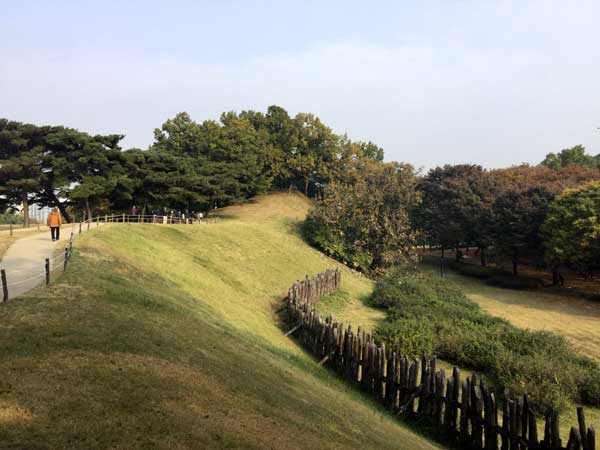
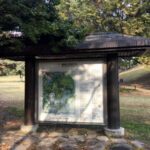
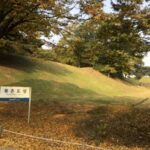
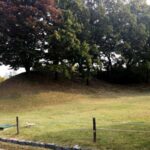
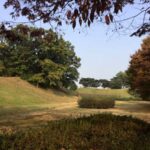
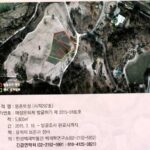
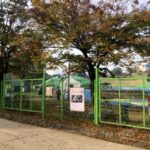
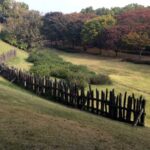
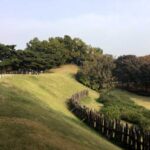
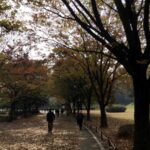
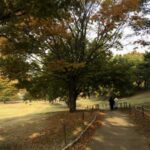
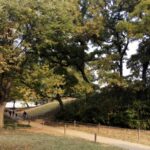
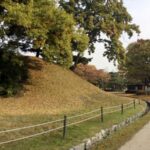
Comments